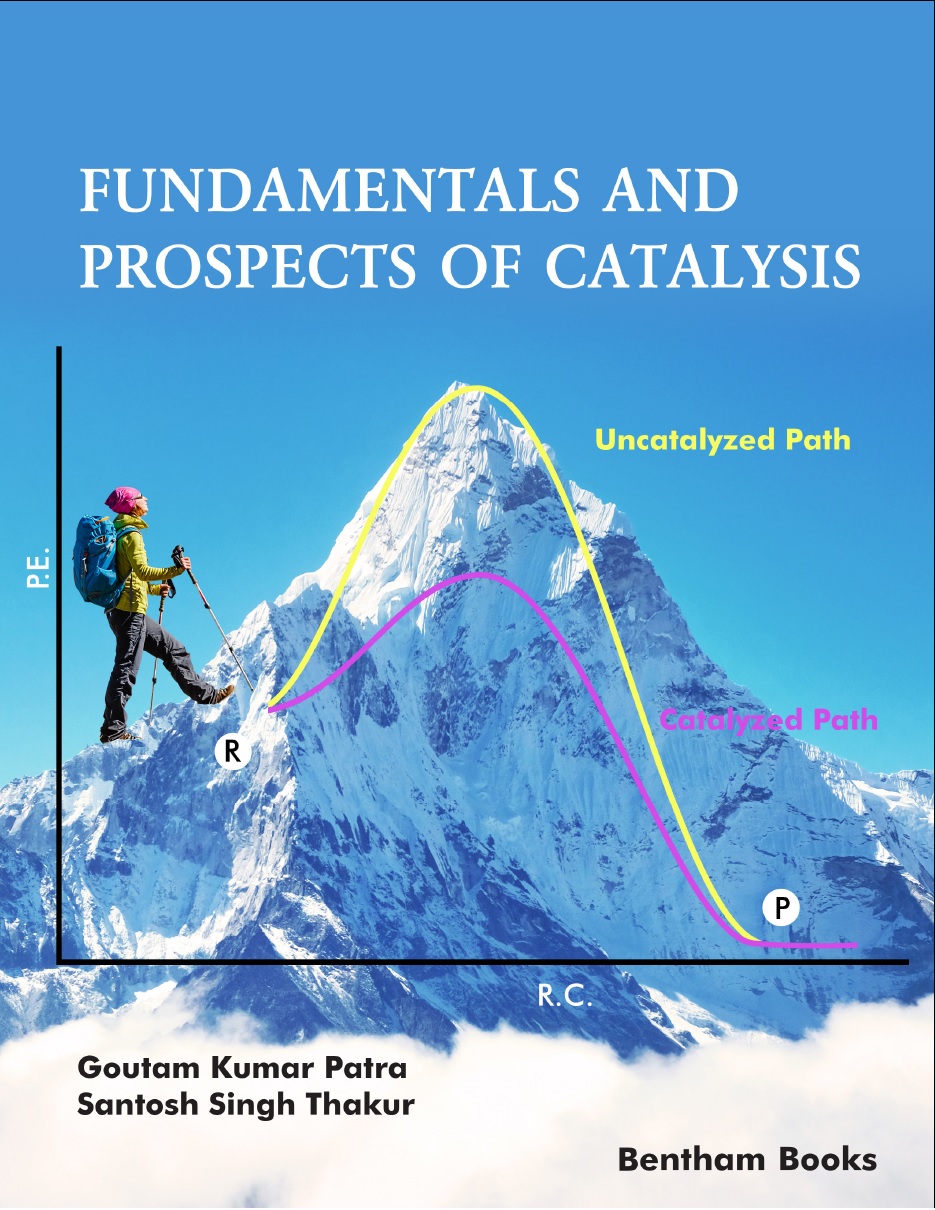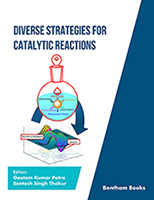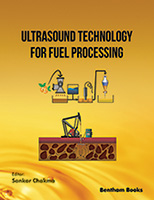Introduction
Catalysis is an area of chemical sciences which has fascinated a wide range of academicians, researchers, chemical technologists and industries throughout the world. Progress in this field has been made owing to the thrust provided by this research and commercial interest. The field of catalysis is interdisciplinary by its nature, as it requires knowledge of organic synthesis, coordination and organometallic chemistry, reaction kinetics and mechanisms, stereochemical concepts and materials science.
Fundamentals and Prospects of Catalysis highlights many important topics and sub-disciplines in catalysis by presenting 7 chapters on different but varied catalytic processes. This volume presents the following topics:
- Organocatalytic Asymmetric Synthesis of Spiroacetals and Bridged Acetals
- Design and Development of Bimetallic Enantioselective Salen Co Catalysts for The Hydrolytic Kinetic Resolution of Terminal Epoxides
- Recent Trend in Asymmetric Heterogeneous Flow Catalysis
- Ball Milling: A Green Tool in Synthetic Organic Chemistry
- Recent Advances in the Developments of Enantioselective Electrophilic Fluorination Reactions via Organocatalysis
- Green and Sustainable Biocatalytic Routes to Prepare Biobased Polyols as Precursors for Polyurethanes with Comparison of Existing Biobased Polyol Technology
- Polymers Used as Catalysts





